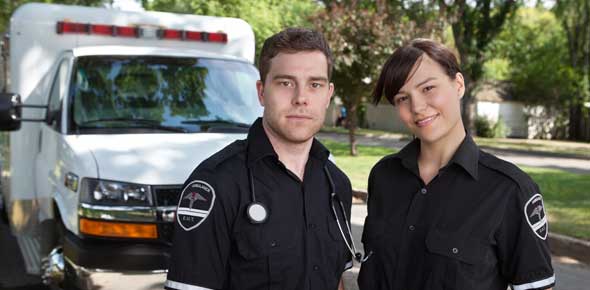Paramedic Module 1
33 Questions
| Attempts: 159
2.
You may optionally provide this to label your report, leaderboard, or certificate.
×
Thank you for your feedback!
















